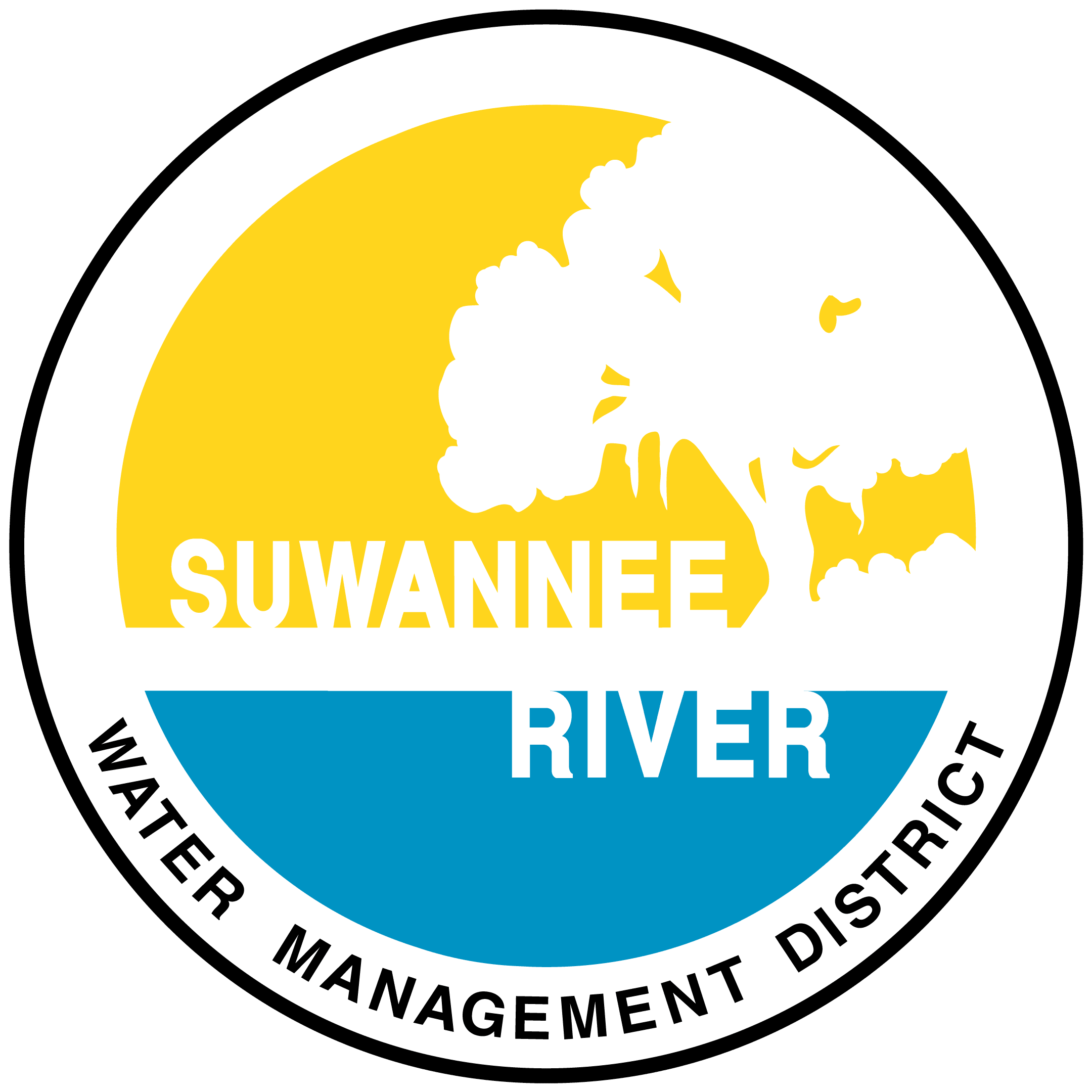Recreation
White Springs Tract
White Springs includes approximately 1 ½ miles of river frontage along the Suwannee River. White Springs is well known for wild azaleas blooming along the river bank in the spring and its bicycle trail.
The Florida National Scenic Trail (FNST) rambles through the White Springs tract along the river bank on its journey across Florida. The FNST begins at Big Cypress in the Everglades and extends to Gulf Islands National Seashore in the western panhandle. It shares a treadway with the bicycle trail built and maintained by Suwannee Bicycle Association
White Springs tract contains a range of biodiversity including mesic flatwoods, scrubby flatwoods, wet flatwoods, bottomland forest, dome swamp and basin swamp natural communities at the base of the Cody Enscarpment. The Cody Scarp is a geomorphologic formation that runs across north and central Florida. It approximates an ancient shoreline of Florida from a time when sea levels were much higher. The Cody Scarp represents the largest continuous topographic break in Florida. For more information about the Cody Scarp, visit mysuwanneeriver.com.
Visitors may enjoy wildlife viewing, fishing, hiking, and biking on administrative roads and designated trails.
Bicycling and Hiking at the White Springs tract
Bridge to Bridge Trail – The 4.5-mile single-track intermediate to challenging trail has plenty of sharp turns, climbs and descents. It follows the river for more than a mile with many scenic overlooks. Experienced off-road riders with good technical riding skills will enjoy this trail. It easily connects to the Gar Pond Trail on the Gar Pond tract and the Beast of Burden Trail on the Little Shoals tract for longer rides.
Florida National Scenic Trail -From Suwannee River Wayside Park Trailhead hikers will enter the District owned White Springs tract. The 3.5-mile trail passed through scrubby oaks, saw palmetto and pines along the Suwannee River. It exits the tract at the Adams Memorial Circle Trailhead. From there hikers will have opportunity to road walk through Historic Downtown White Springs to Stephen Foster Culture Center State Park. On the White Springs tract hikers, will share portions of the trail with bicycles. For a loop trail the hiker can follow the administrative road (5 miles total) back through the tract or follow the sidewalk (4.5 miles total) along US 41 back to the Suwannee River Wayside Park Trailhead
Access
White Springs tract from White Springs:
Travel south on US 41, turn right on Adams Memorial Circle, go past Riverside Cemetery. The pavement ends and the street becomes dirt; the tract entrance is on the right. The second entrance is at the US 41 boat ramp.
